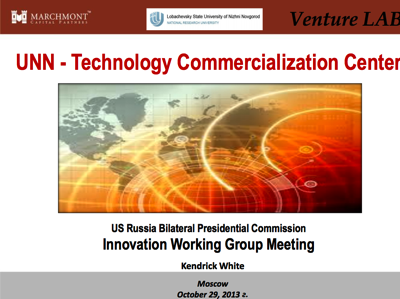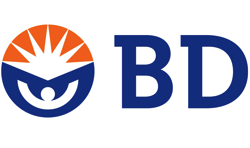

GSK has selected eight winners in its first Discovery Fast Track competition, designed to translate academic research into starting points for new potential medicines. The contest attracted 142 entries across 17 therapeutic areas from 70 universities, academic research institutions, clinics and hospitals in the US and Canada.
The winning projects show clear opportunities to deal with important unmet medical needs, including antibiotics resistance, diseases of the developing world and certain cancer types. The selected scientists will collaborate with GSK’s Discovery Partnerships with Academia (DPAc) team, the sponsor of the competition, to rapidly screen and identify novel compounds to test their promising hypotheses. If advanced chemical testing is successful, the winning investigators could be offered a DPAc partnership to further refine molecules and assess their potential as novel new medicines.








